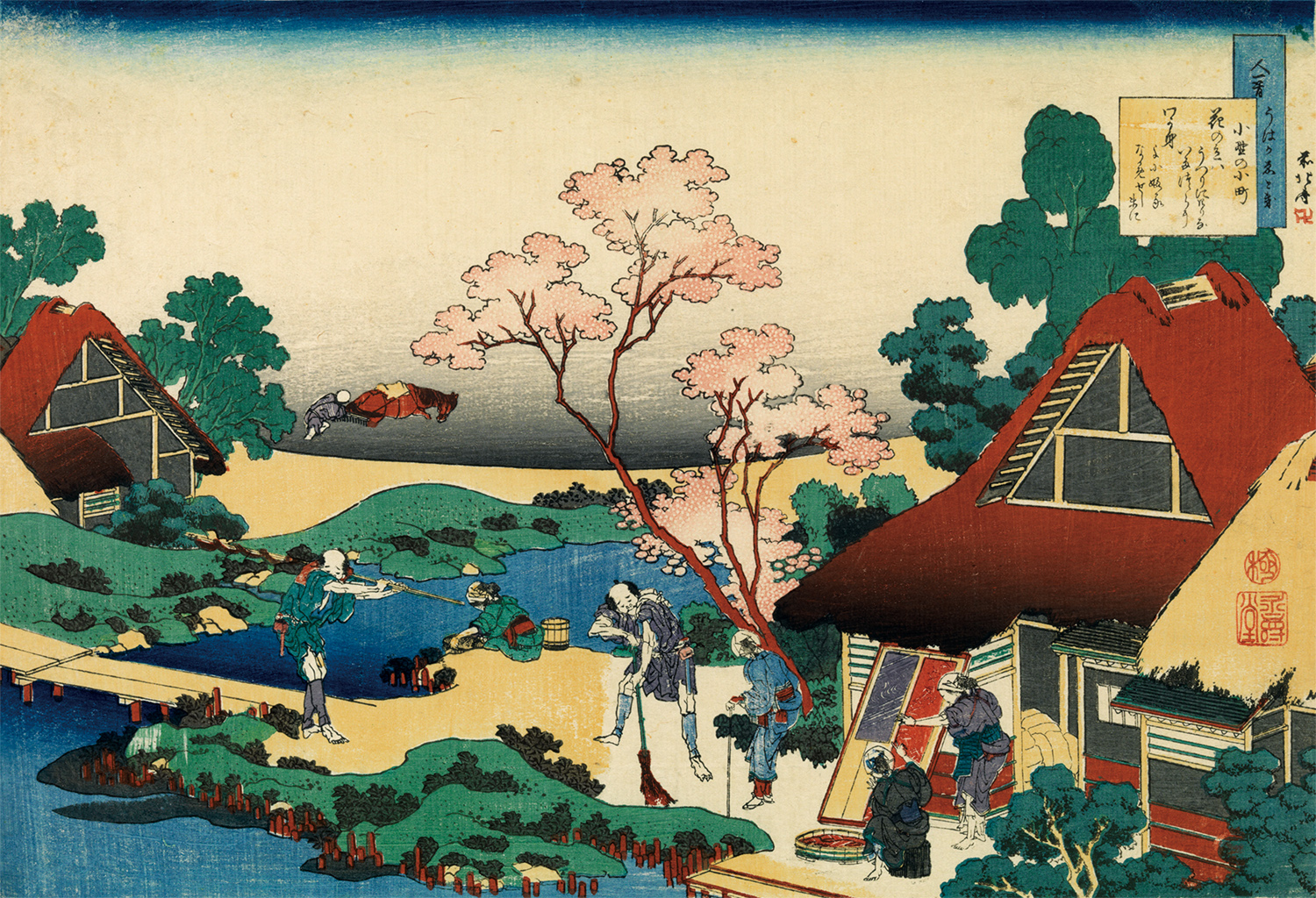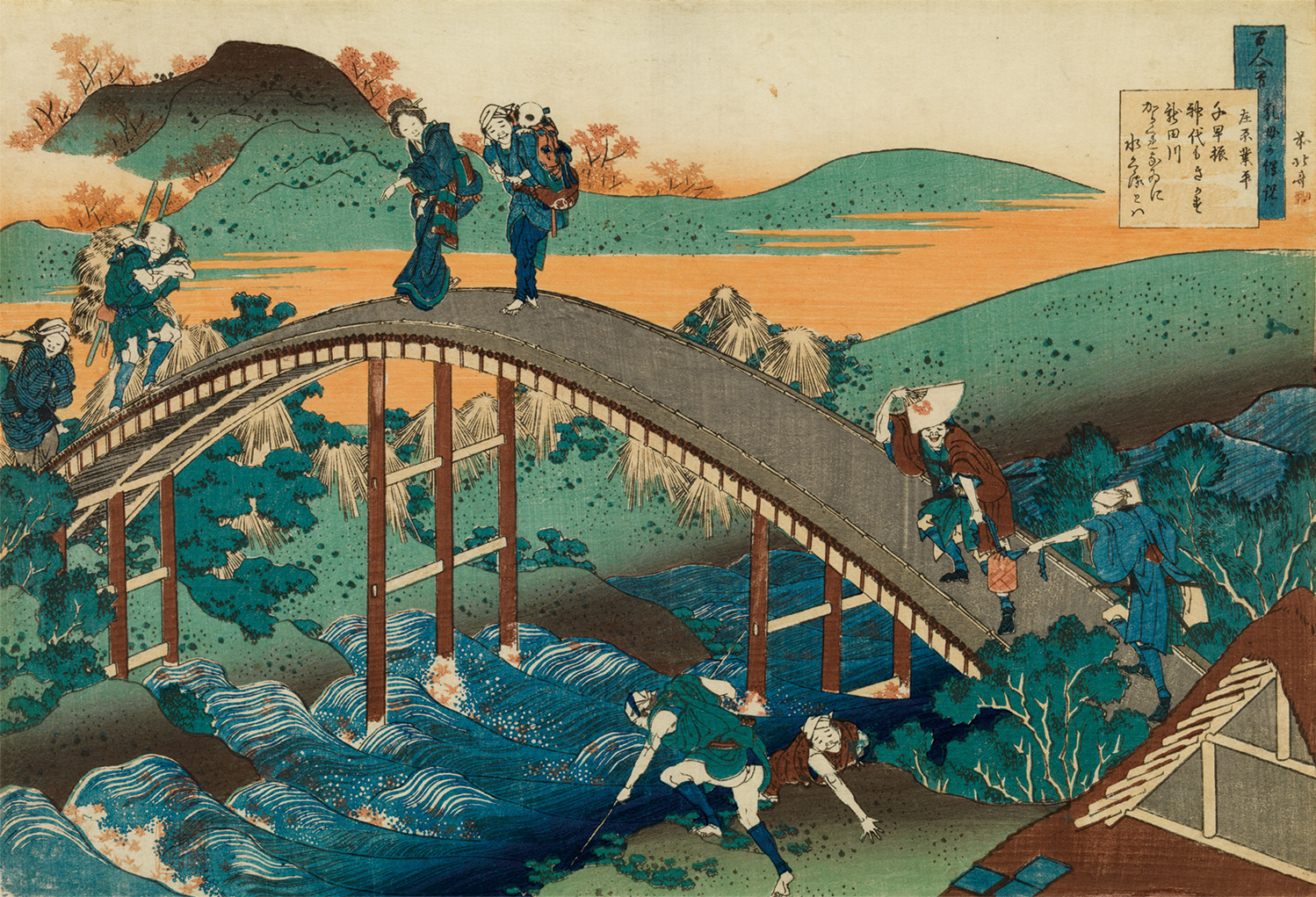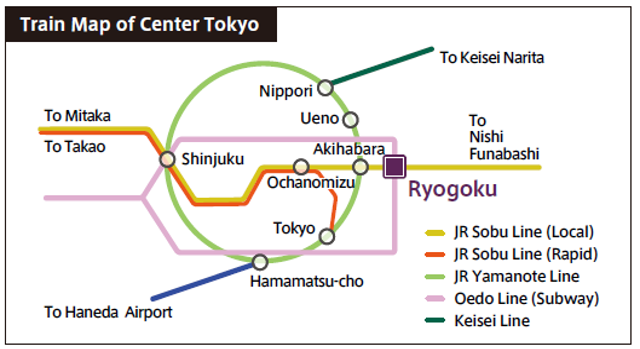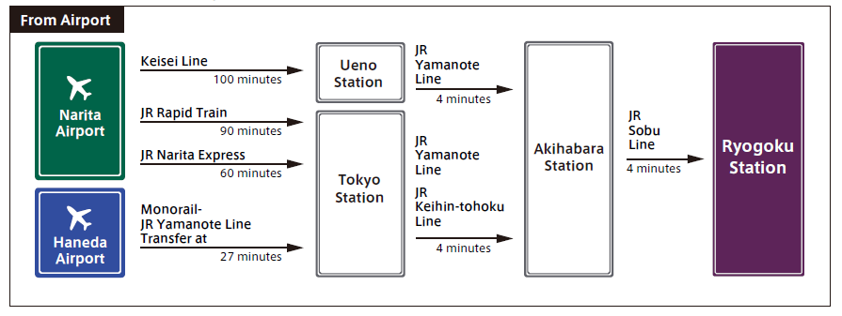Exhibition Overview
One Hundred Poets, One Hundred Poems, an anthology of waka poems complied in the thirteenth century, had become a standard part of general education by the mid-Edo period. Moreover, those waka share the same format as the satirical kyōka poems then popular and also share their use of parodies and analogies; those similarities helped the anthology gain even greater presence in that period. That social context inspired the idea of creating pictorial explanations of the poems in a way that anyone could understand. The result was Hokusai’s One Hundred Poems Explained by a Nurse, his last series in the ōban nishiki-e format. Hokusai, expressing his unique worldview, had included his own ideas in these prints as well as the usual traditions about the poems and poets and the conventional images associated with them.
Exhibition Composition
Section 1 | The Popularization of One Hundred Poets, One Hundred Poems
Exhibition Highlights
.jpg)
.jpg)
List of Works
Admission Fees
|
|
|
|---|---|
|
|
|
|
|
|
|
|
|
|
|
|
|
|
|
|
|
|
-
Not available for advance tickets and group discounts.
-
Junior high, high school, and university students (including technical college, vocational school, and special training college students) will be requested to show student ID.
-
Adults 65 and over will be requested to show a document verifying age.
-
Persons with a certificate such as the following plus one accompanying person are admitted at a discount charge: physical disability, intellectual disability, rehabilitation, mentally handicapped health and welfare, atomic bomb victim health notebook, etc. (Please show your certificate at time of admission.)
-
Use of these tickets is limited to the day on which the exhibition is visited and allows you to see AURORA (Permanent Exhibition Room) and Exhibition Plus Room, too.
Access


The Sumida Hokusai Museum measures to prevent the spread of Covid-19
Please check for details before visiting.
